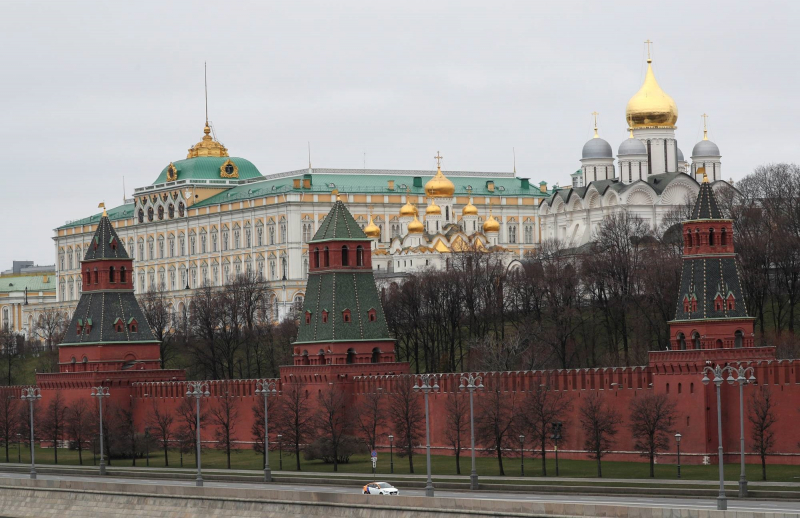The Kremlin
The Kremlin, which was originally established in the 12th century as a walled castle with wooden buildings, has evolved to be a majestic complex and Russia's political center. The massive complex covers 66 acres (27 hectares) and is encompassed by almost 1.5 miles (2.5 kilometers) of defensive walls, which include 20 towers measuring over 260 feet (80 meters) in height, the tallest of which is the Spasskaya Tower. Its massive red walls and star-topped turrets are an instantly identifiable icon of Moscow.
Russian kremlins, with five palaces, four cathedrals, and the surrounding Kremlin Wall with Kremlin towers. In addition, the Grand Kremlin Palace, originally the Tsar's Moscow palace, is located inside this complex. The complex presently serves as the official house of the Russian Federation's President as well as a museum, with around 3 million visitors in 2017. The Kremlin has a view of the Moskva River to the south, Saint Basil's Cathedral and Red Square to the east, and Alexander Garden to the west.
The name "Kremlin" means "fortress within a city" and is frequently used metonymically to refer to the Russian Federation's administration. It historically referred to the Soviet Union's government and its top members such as general secretaries, premiers, presidents, ministers, and commissars. The study of Soviet and Russian politics is referred to as "Kremlinology".
The Kremlin is available to the public and offers guided tours for individuals and groups. The Armoury Chamber, Tsar Cannon, Tsar Bell, artillery pieces, and an exhibition of Russian wooden sculptures and carvings are all visible.
Location: Moscow, Russia











